With the release of the Galaxy Z Fold 2 last year, Samsung proved that its high-tech foldable display is a viable solution and, potentially, a massively disruptive response to a rather stale smartphone market. Samsung spent the next year refining its proven formula, leading to the Galaxy Z Fold 3 reveal at Unpacked. It’s a new foldable phone with a similar book-like form factor as the Galaxy Z Fold 2 and tons of improvements, small and large.
The Galaxy Z Fold 3 is indeed slightly smaller, thinner, and lighter than its predecessor, but the refinements don’t stop here. Both displays have been improved, along with the internal hardware and the software experience. Samsung also gave the Z Fold 3 a UDC (Under-Display Camera), making it the world’s first foldable phone to boast this technology. Let’s talk details.
Galaxy Z Fold 3 vs Z Fold 2 displays: Massively improved tech
The Galaxy Z Fold 3 has the same display aspect ratios, dimensions, and resolutions as the Z Fold 2, but don’t let that bring you down, as there are many improvements to celebrate — one of them being the foldable display’s less obvious crease. It’s also 29% brighter than the previous generation.
For many Samsung fans, the biggest upgrade is the long-awaited addition of an S Pen. Samsung wasn’t gimmicky about its implementation either, at least as far as which screen supports the beloved input device, because it’s the inner foldable display that has become strong enough to offer S Pen support. We can’t overstate just how welcomed of an upgrade this is.
It’s worth noting that the 6.2-inch Dynamic AMOLED 2X cover screen doesn’t support the S Pen, though it’s arguably a good decision by Samsung, considering the display’s tall 25:9 aspect ratio. And yes, the tall aspect ratio is something that remains somewhat of a problem this year.
We’ll talk more about the S Pen experience later. But as far as the foldable display itself is concerned, a new protective film covers it, promising 80% higher durability than the solution used last year. And it’s no small feat that Samsung gave both the Galaxy Z Fold 3’s displays a high refresh rate of 120Hz, addressing one of our pet peeves.
We’ve saved another great bit of news for last. The new Galaxy Z Fold 3 has slightly thinner bezels around the foldable display, but much more importantly, it no longer has an Infinity-O cutout. Well, it technically does, but it’s almost invisible. UDC (Under-Display Camera) technology will allow Galaxy Z Fold 3 users to enjoy the qualities of the 7.6-inch Dynamic AMOLED 2X Infinity Flex Display without distractions. UDC is arguably a ground-breaking technology that Samsung fans have been waiting on for a few years, and it’s finally making its debut with the Galaxy Z Fold 3.
Galaxy Z Fold 3 vs Z Fold 2 durability: A leap forward
The Galaxy Z Fold 2 is not a fragile device per se, but as we all know, it lacks an IP rating, and the foldable display needs a bit more special attention and care. These concerns — and then some — have been addressed by the Galaxy Z Fold 3.
Samsung has applied a new protective film over the 7.6-inch panel, boasting 80% higher durability. In addition, the company used 10% stronger “Armor Aluminum” for the phone’s construction.
And, of course, the rumors were correct, and the Galaxy Z Fold 3 is the first foldable phone to have an IP rating; IPX8, to be precise, which means that the Galaxy Z Fold 3 hasn’t been tested against dust ingress but is water-resistant.
It also has a refreshed design with flatter edges and a less obvious camera bump, but it essentially follows the formula set forth by its predecessors. Speaking of, the main triple camera is now protected by a sheet of Super Clear Glass with Gorilla Glass DX protection on top.
Galaxy Z Fold 3 vs Z Fold 2 software: Great additions, with and w/o the S Pen
The software experience is one area that Samsung has focused the most on improving over the past year, and it looks like the company’s efforts might be paying off. The Galaxy Z Fold 3 ships with Android 11 and One UI 3.1.1, but that’s somewhat of an empty statement, as exciting as it may be on the surface. The more important fact is that the Galaxy Z Fold 3 is packed with new meaningful software improvements — with and without the S Pen — that make a lot of sense given the form factor.
The Galaxy Z Fold 3 user experience was refined across the board. A new Taskbar was created for the Galaxy Z Fold 3, offering a desktop-like experience complete with notification badges. It provides a much more convenient way of switching between apps than the “Recents” screen, and it plays into the whole idea that the Galaxy Z Fold 3 is a multitasking and productivity beast.
There’s also a new “Navigation Rail” in Samsung apps for easier reachability. Furthermore, the whole split-screen / Multi-Active Window system was improved with smoother animations.
There’s a new Drag & Split feature that does away with the jarring screen transitions when dragging and dropping a URL to open it in multi-window. Likewise, animations when rotating apps in Multi-Active Window looks a lot smoother thanks to the addition of “Natural Switching.”
And, of course, there’s the S Pen and all the software features it’s accompanied by. Samsung Notes was updated for the foldable display and now offers various templates for a new Two-Page function, with templates including calendars, journals, and travel logs.
The S Pen also opens up new possibilities in productivity apps from partners like Microsoft. Teams, for example, can take full advantage of the Galaxy Z Fold 3 S Pen, allowing users to draw and handwrite in real-time while in a Teams conference call.
Flex Mode was improved as well. S Pen users will be able to double-tap the lower half of the screen to instantly summon the Samsung Notes app for quick note-taking.
Galaxy Z Fold 3 vs Z Fold 2 cameras: Much of the same… now with an ‘invisibility’ trick!
The one area that hasn’t seen many changes, except for one, is mobile photography. The Galaxy Z Fold 3 carries the same triple camera on the back panel featuring three 12MP sensors, and has a 10MP cover camera for selfies.
The one major upgrade this year is the UDC (Under-Display Camera) hidden behind the foldable display. It has a resolution of just 4MP but features large 2.0-micron pixels, which means it should be able to take in a lot more light than it would otherwise. We’re not sure how good this 4MP camera is at this point, but the UDC design is impressive, and it’s something that people have been waiting on for a long time.
Galaxy Z Fold 3 vs Z Fold 2 internal specs: The expected yearly upgrades
A new year brings new marginal internal hardware upgrades, as you would expect. The new foldable is powered by the 5nm Snapdragon 888 chipset, up from the 7nm Snapdragon 865, but it has the same memory configuration as last year, including 12GB of RAM and 256GB/512GB of built-in UFS 3.1 storage.
The Galaxy Z Fold 3 has a 4,400mAh dual battery instead of a 4,500mAh combo, but battery life might have been improved by the higher efficiency of the 5nm chipset. Then again, any energy gains could have been offset by the addition of a 120Hz cover display. We’ll have to wait and see how the phone performs in the real world before we can determine if it beats the autonomy of the Galaxy Z Fold 2 on a single charge.
Galaxy Z Fold 3 vs Z Fold 2 price: It’s gone down, but there’s a catch
Many people have been waiting for foldable display technology to become cheaper before jumping on the foldable phone bandwagon. And the good news is that Samsung was able to bring the launch price of the Galaxy Z Fold 3 down a notch compared to last year.
While the Galaxy Z Fold 2 was released for $2,000, the Galaxy Z Fold 3 will hit the shelves in the USA for $1,799. This $200 price reduction is nothing to sneeze at, but keep in mind that Samsung has cut a couple of corners to reach this price. Therefore, the Galaxy Z Fold 3 doesn’t ship with a pair of AKG earbuds or a wall charger in the box, leaving new customers the choice of buying these accessories separately or making do with the included USB-C cable and built-in stereo speakers.
Galaxy Z Fold 3 vs Z Fold 2 conclusion: Samsung is going the right direction
Looking purely at internal specifications, such as memory options and the SoC, it’s evident that Samsung had something different in mind this year, other than giving the sequel a few improved components and call it a day.
On paper, the Galaxy Z Fold 3 doesn’t seem to offer much of an upgrade compared to the Galaxy Z Fold 2, but raw hardware specs aren’t the main thing separating a great smartphone from a good one. It’s everything else that matters more, such as the software experience, accessories, durability, build quality, and so on. Samsung made the foldable display brighter and more resilient, enough so that it can work with the beloved S Pen, and that’s no small feat. There are meaningful software improvements to look forward to, and better build quality with a decent IP rating.
The Galaxy Z Fold 3 is expanding our understanding of what a foldable device could be, and because of this, it’s so much more than the Galaxy Z Fold 2. Simply put, the Galaxy Z Fold 3 is greater than the sum of its parts, and it’s shaping up to be a worthy sequel to the Galaxy Z Fold 2.
Interested in Samsung’s new Galaxy devices? Don’t forget to support SamMobile by visiting this link and purchasing them directly from Samsung!
The post Galaxy Z Fold 3 vs Fold 2: Yes! Samsung’s pushed the series in the right direction appeared first on SamMobile.
from SamMobile https://ift.tt/3jGJRyc
via IFTTT
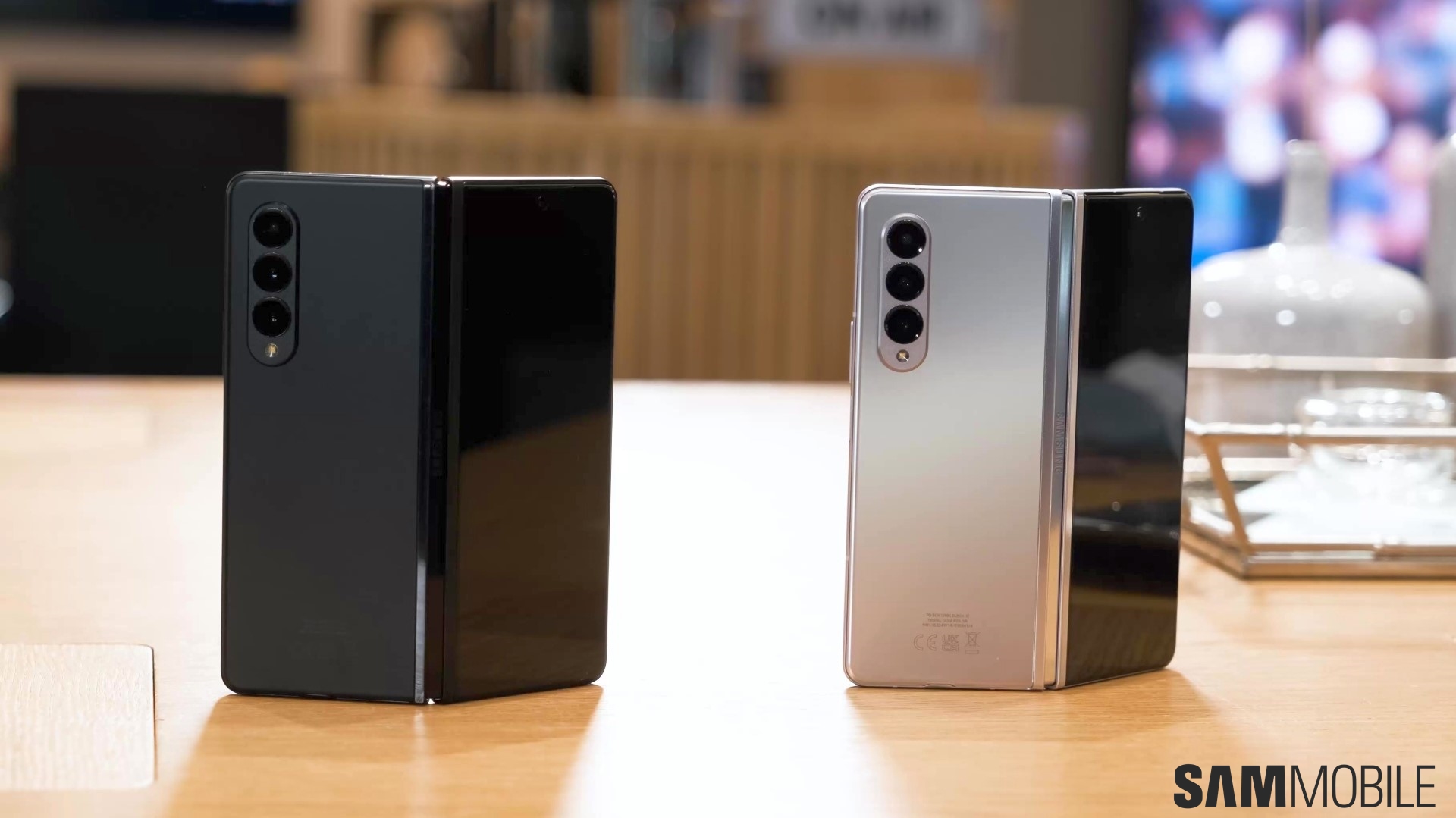
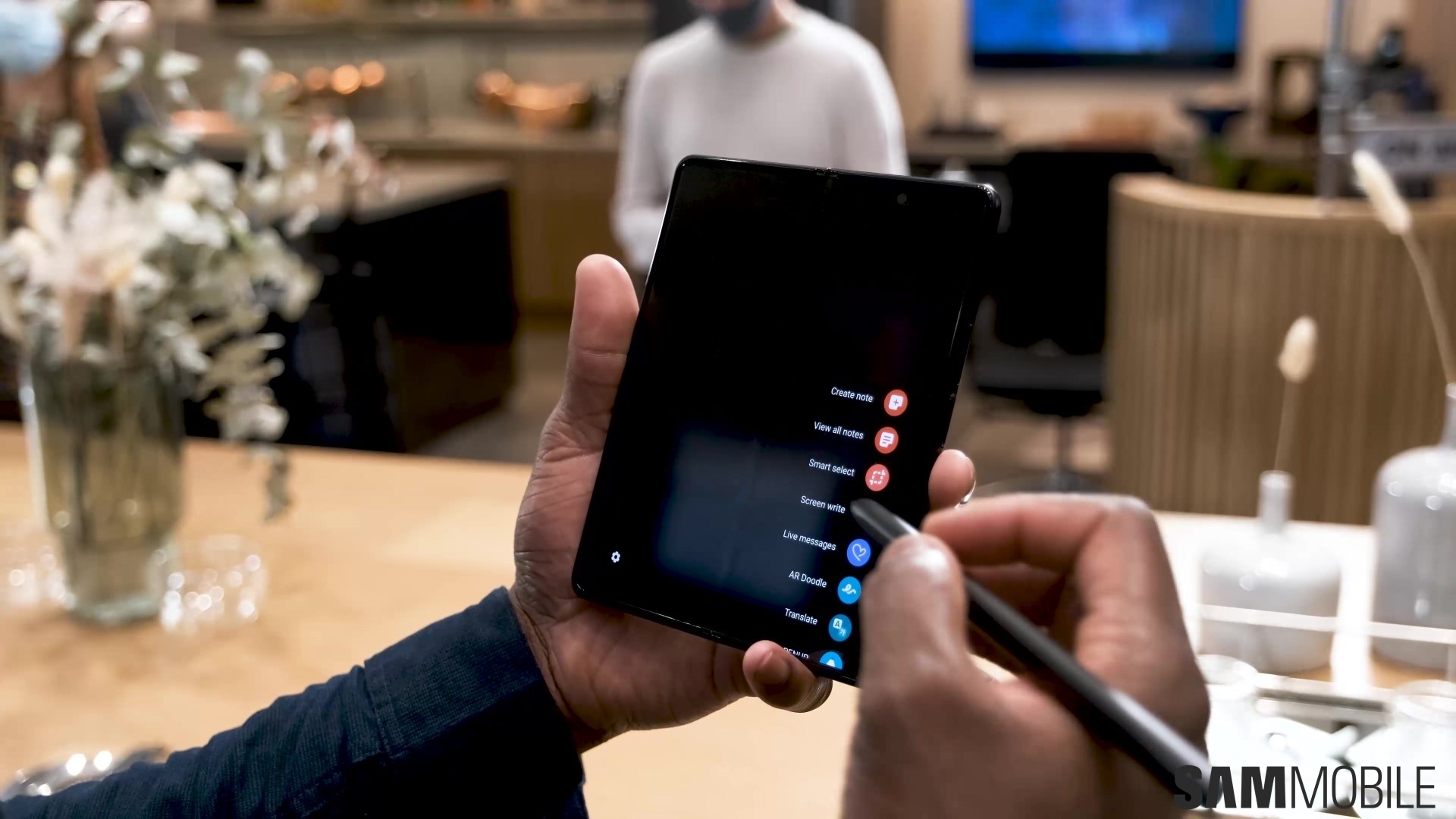
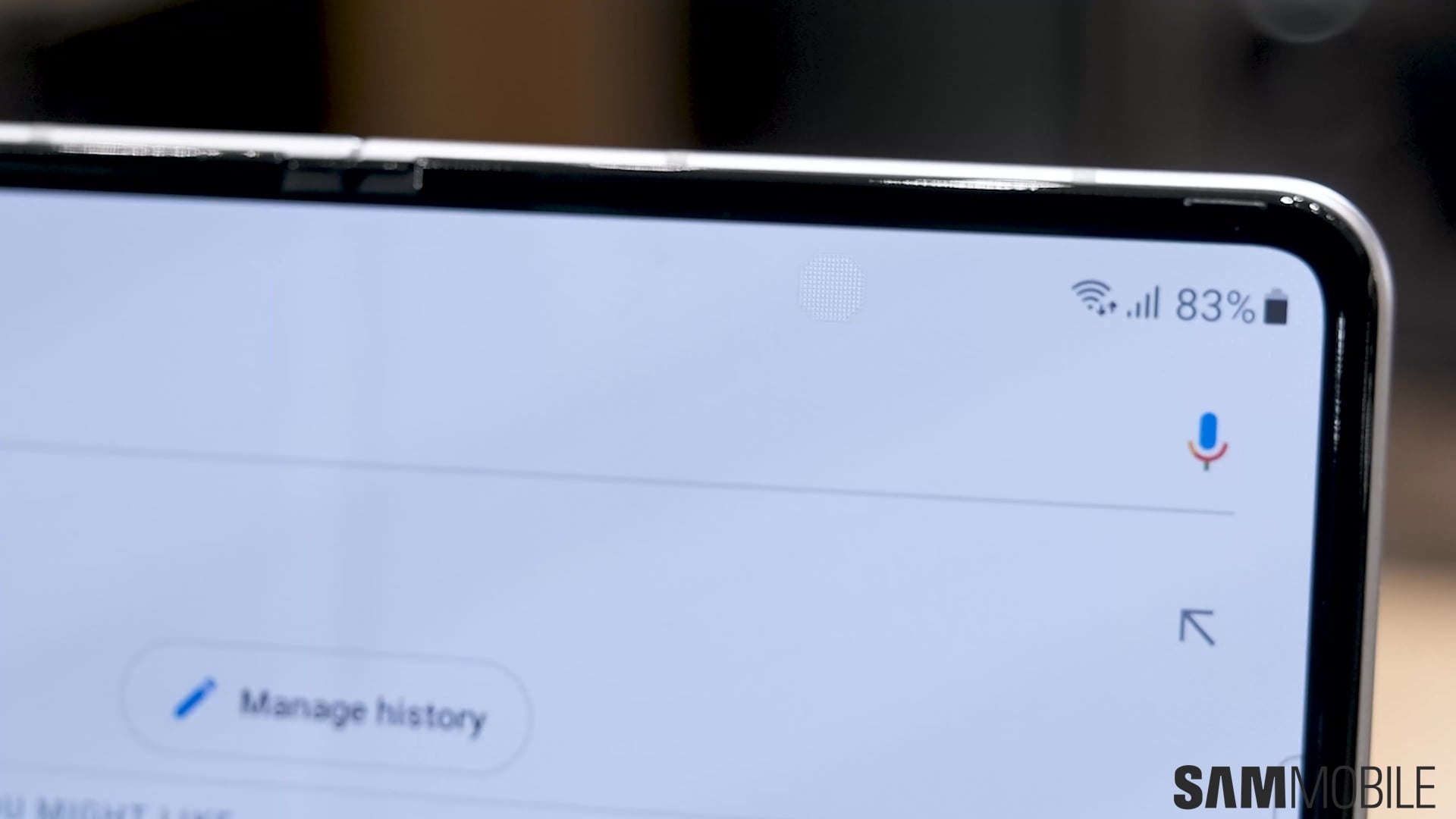
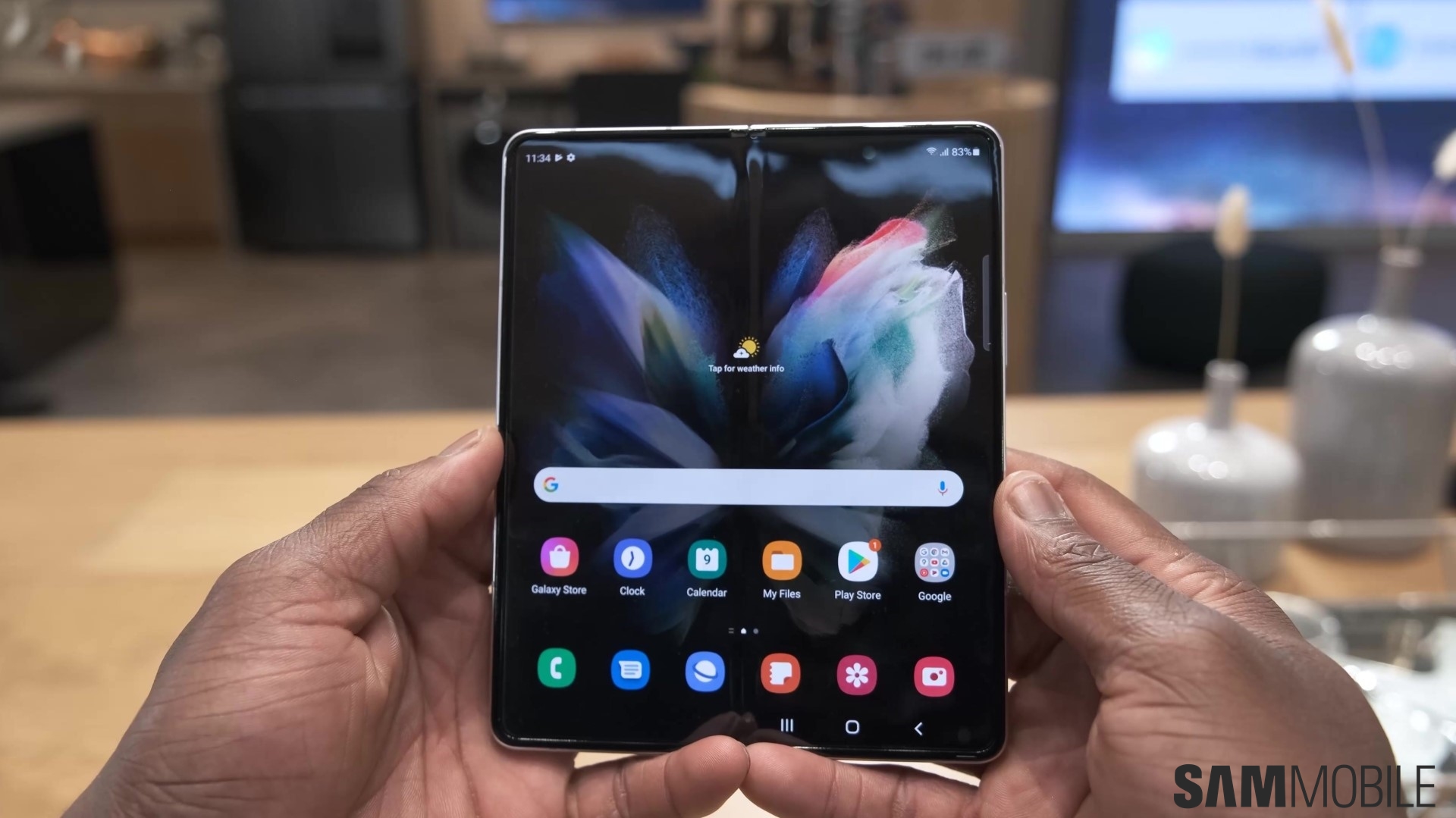
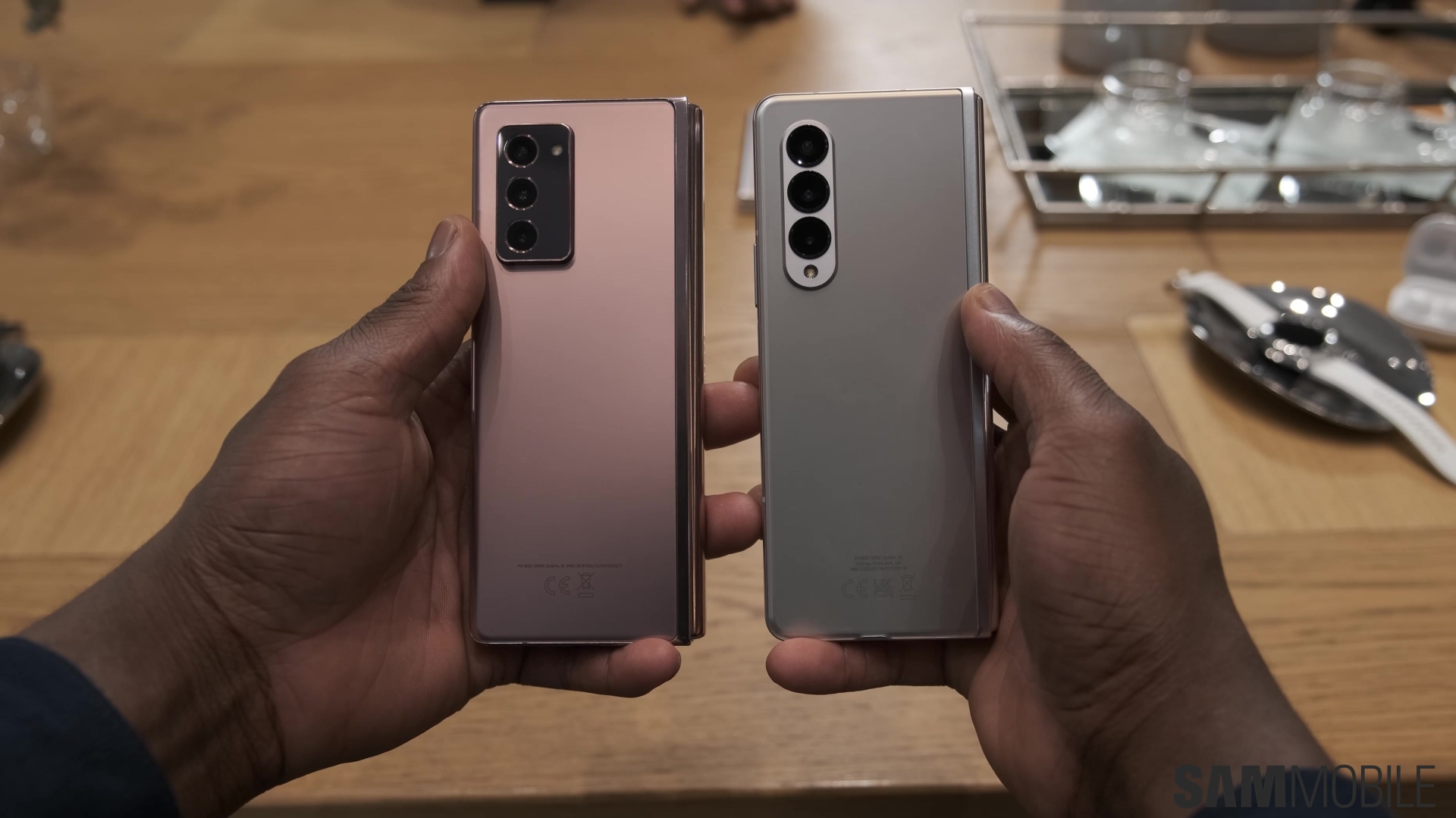

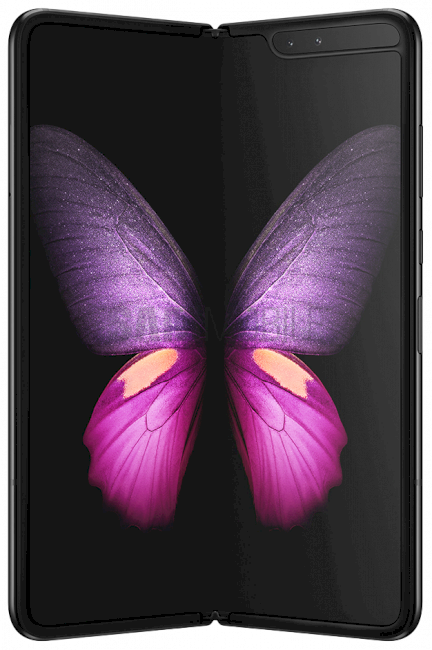
0 comments: